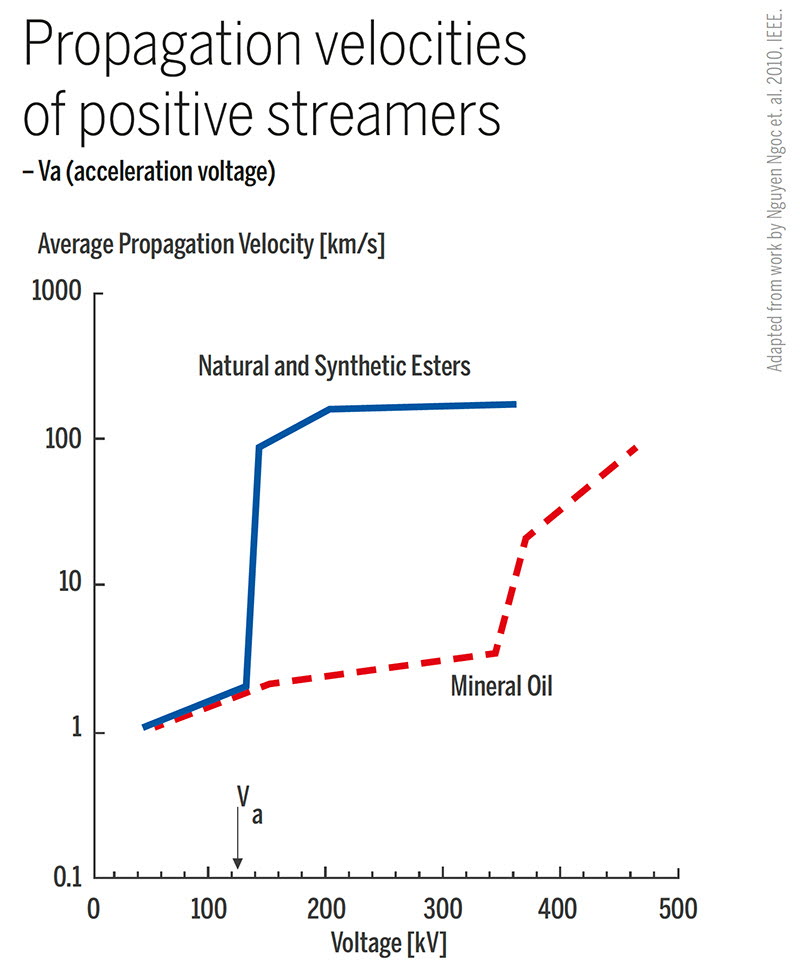Stressed by high voltage
How does an insulating liquid handle the stress of high voltage? Carl Wolmarans has looked at some of the issues facing designers of insulation systems for electrical equipment.
Carl Wolmarans
Development Engineer
Nynas AB
2015 - 2023
How does an insulating liquid handle the stress of high voltage? Carl Wolmarans has looked at some of the issues facing designers of insulation systems for electrical equipment.
“It is still not well understood exactly which properties define an insulating liquid’s ability to withstand high voltage, and there is no robust model available for the breakdown processes in such liquids. However, the combination of well-established testing and consistency on the part of the oil manufacturers, and well established design rules on the part of the transformer manufacturers, is what ensures reliable performance,” says Carl Wolmarans, Development Engineer at Nynas.
Insulating liquids used in high voltage applications need to be able to withstand high voltage stresses. They should have high breakdown voltages for both power frequency and impulse conditions, as well as favourable partial discharge behaviour. It is also important to ensure that the liquid maintains its insulating properties over time, and that it is not too adversely affected by ageing processes such as oxidation, hydrolysis and thermal decomposition.
“There are many things to consider when designing an insulation system, and when choosing the best possible insulating fluid,” says Carl Wolmarans.
Compatibility with other materials in the insulating system and with design features such as barriers and partitions is also vital.
“Common electric parameters such as the dielectric dissipation factor and standard breakdown voltage tests are invaluable for checking the condition of the liquid before it is added to a transformer – but they do not deeply reveal the intrinsic insulating capability of the liquid,” states Wolmarans.

Streamers matter
Breakdown in liquids is generally accepted to be due to the progressive formation of gaseous ionised channels, called streamers. The propagation of streamers and other pre-breakdown phenomena are currently the focus for intensive research by many institutions.
Streamers are characterised by the voltage at which they start to appear, and by how they propagate in terms of speed and degree of branching. The speed of propagation usually increases gradually, until the voltage reaches a critical point, known as “acceleration voltage”, where the speed increases rapidly, resulting in a “fast” streamer.
Recent studies have shown that esters have a lower acceleration voltage than typical mineral based insulating oils. In an insulation system the onset of fast streamers can lead to a situation where the probability of partial discharge and breakdown is considerably higher than may be expected – this is an area of ongoing research interest.













































